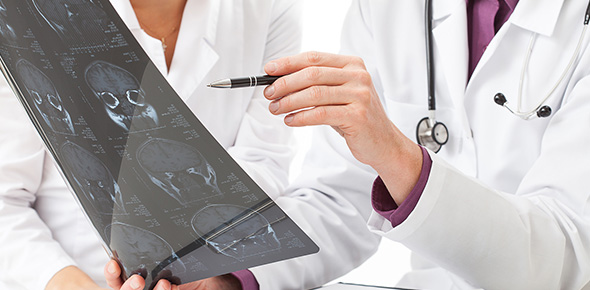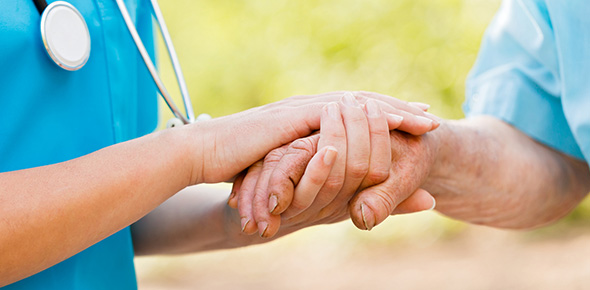Related Flashcards
Related Topics
Cards In This Set
| Front | Back |
|
What are the two major groups of drugs used to treat psychosis?
|
Neuroleptics and atypical antipsychotics
|
|
Which of the above two groups has more extrapyramidal symptoms (EPS)?
|
Neuroleptics (Haldol)
|
|
What are the negative symptoms of schizophrenia?
|
Negative symptoms include social and emotional withdrawal, lack of motivation, poor insight, judgement, and self-care, and poverty of speech.
|
|
What are the positive symptoms of schizophrenia?
|
Positive symptoms include hallucinations, delusions, disordered thinking, disorganized speech, combativeness, agitation and paranoia.
|
|
What is the MOA of conventional antipsychotic drugs?
|
Block dopamine receptors.
|
|
How long does it take to reach a therapeutic response to antipsychotic drugs?
|
Few months
|
|
Conventional antipsychotic drugs have anticholinergic and what other kinds of side effects?
|
Neuroendocrine and sexual dysfunction side effects.
|
|
They can also lower blood pressure and cause_________.
|
Sedation
|
|
EPS
|
Disrupts this function causing dyskinesias or abnormal movements
|
|
Acute dystonia
|
Spasms of the facial muscle
|
|
Parkinsonism
|
Tremor, bradyikinesia, cog-wheeling
|
|
Tardive dyskinesia
|
Involuntary, twisting movement of tongue and face
|
|
Neuroleptic malignant syndrome
|
“leadpipe” rigidity, sudden high fever, sweating, dysrhythmias
|
|
Chlorpromazine (Thorazine) and haloperidol (Haldol) are examples of what type of antipsychotic agents?
|
Conventional, also known as neuroleptics. Thorazine is low potency and Haldol is high potency.
|
|
Give an example of an atypical antipsychotic agent.
|
Clozapine
|






